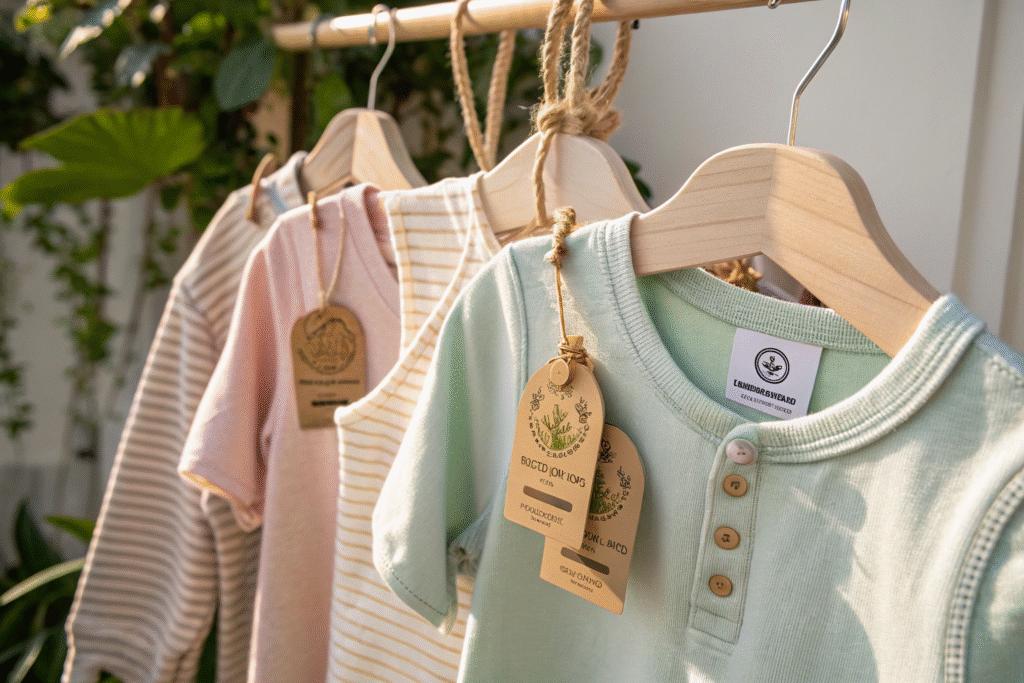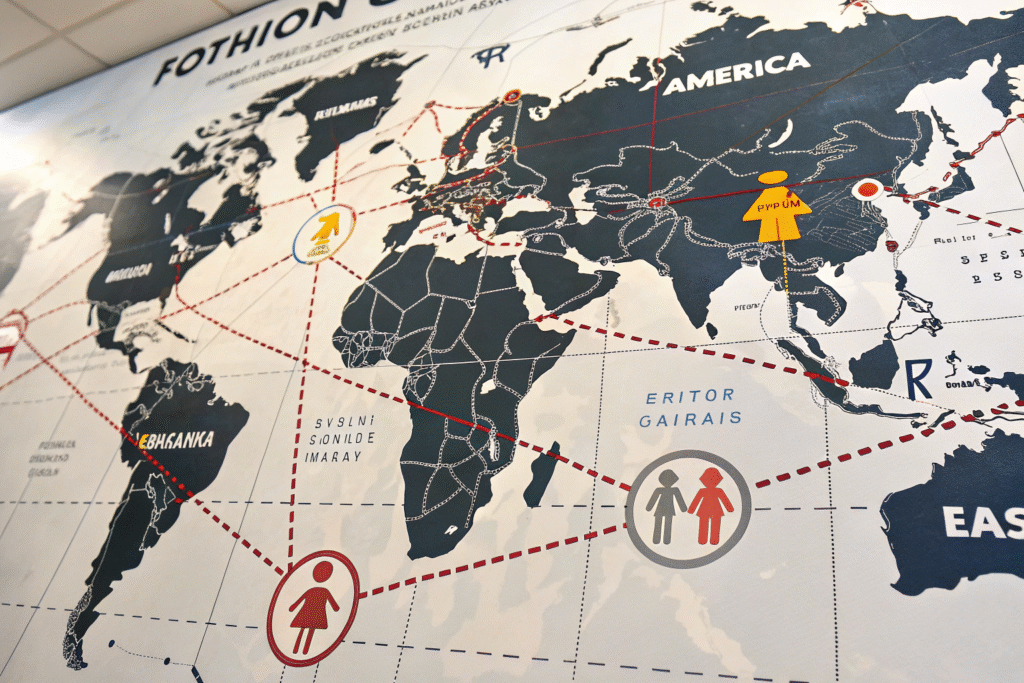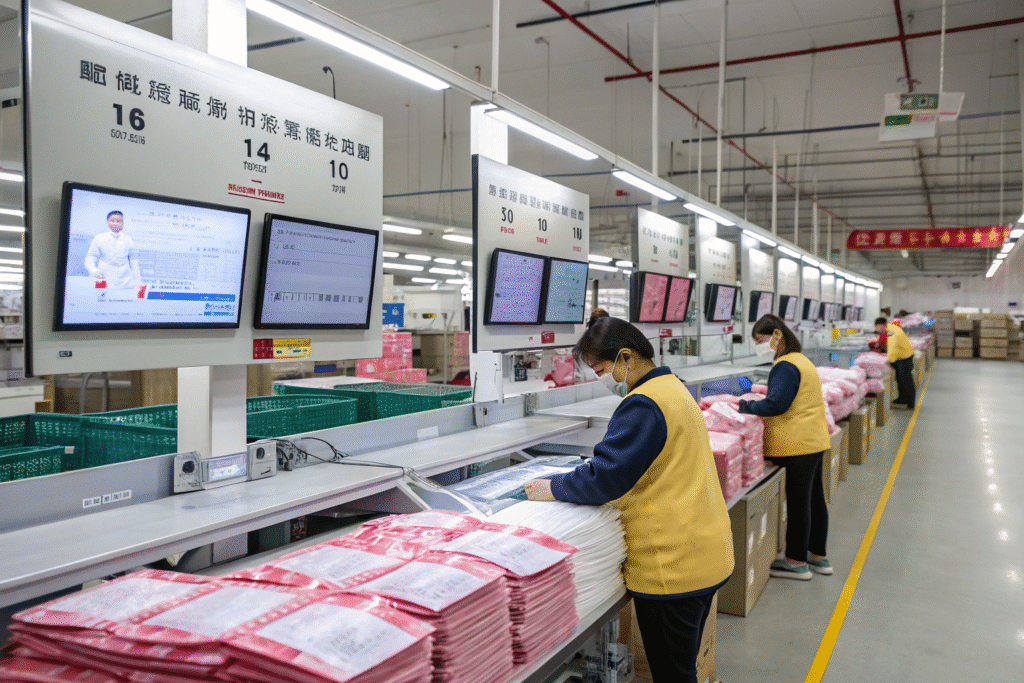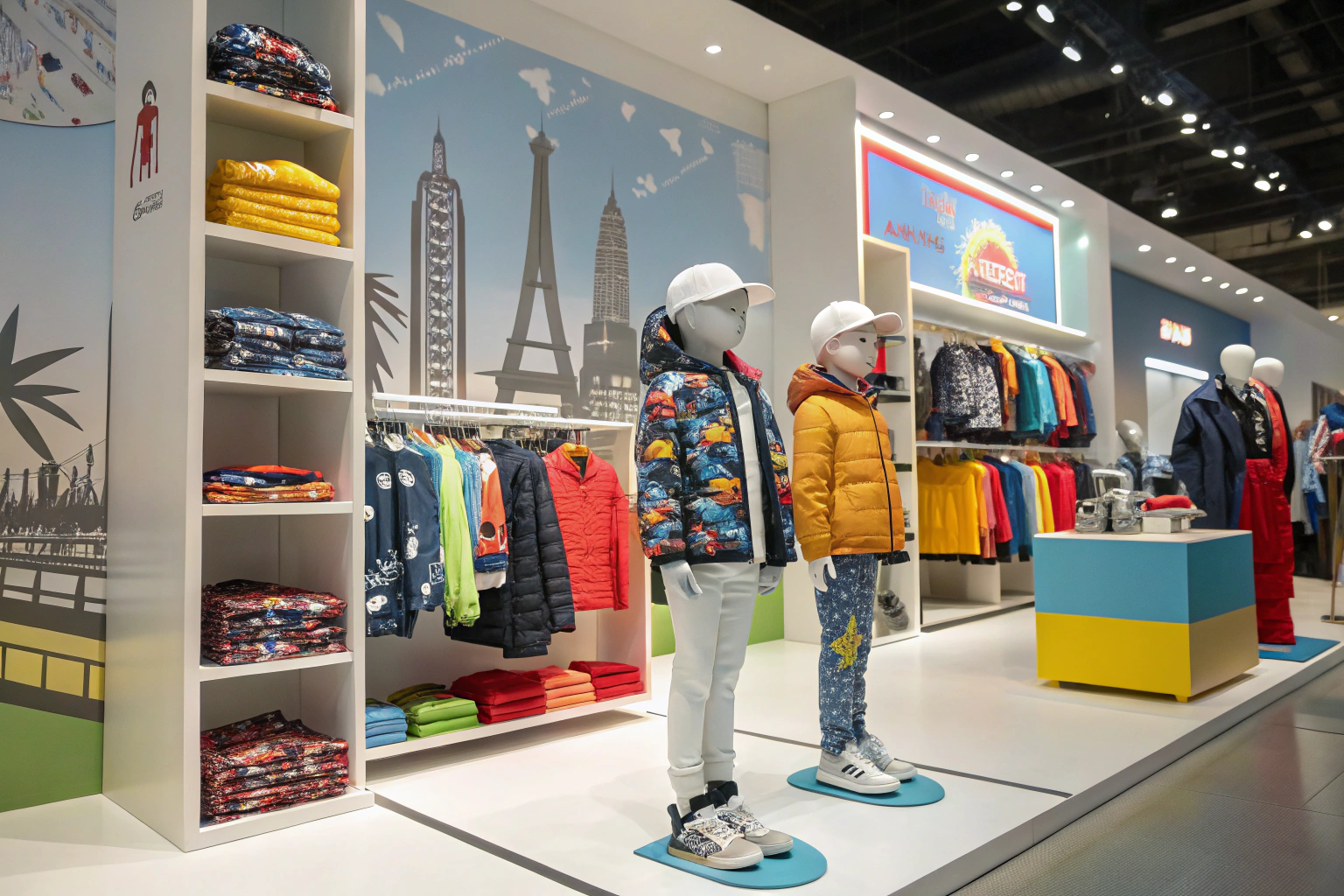As we enter 2025, the global children’s apparel market is experiencing rapid shifts fueled by innovation, demographic changes, and heightened buyer expectations. Whether you’re a brand owner in New York or a sourcing manager in Paris, understanding the latest growth trends is vital to stay competitive.
In 2025, the global kids' apparel market is growing steadily due to rising birth rates in developing economies, increasing demand for fashion-forward children’s clothing, and greater awareness of eco-friendly fabrics. Retailers and wholesalers alike are now placing more emphasis on comfort, style, and certified safety across age categories.
This article is designed for decision-makers like Ron, who care about profit margins but also demand reliable quality and logistics. I’ll share insights based on our on-the-ground experience as a top Chinese children’s clothing manufacturer serving the American and European markets.
What Are the Top-Selling Categories in 2025?
Children’s fashion continues to evolve with consumer demand focusing on function, comfort, and style. But which categories are dominating in 2025?
In 2025, top-selling kidswear categories include unisex loungewear, outdoor performance sets, gender-neutral basics, and organic sleepwear. These align with modern parenting values of inclusivity and safety.

Why Are Unisex and Gender-Neutral Designs So Popular?
Parents today are more open-minded and prioritize expression over stereotypes. Unisex fashion lines not only appeal to modern values but also help brands reduce inventory complexity. Additionally, neutral palettes like sand beige, dusty olive, and slate blue are versatile across seasons.
How Is Loungewear Outpacing Traditional Casual Wear?
Post-pandemic habits remain strong. Kids' loungewear sets made of breathable cotton and spandex blends are now worn to school, playgrounds, and even parties. This category saw over 16% YoY growth in the US market as of Q1 2025.
How Is Sustainability Shaping Buyer Preferences?
Sustainability is no longer optional—it’s becoming a purchase driver, even in price-sensitive segments.
Brands sourcing children’s clothing in 2025 increasingly demand GOTS, OEKO-TEX, and BCI certified fabrics, aligning with growing eco-conscious consumer bases.

What Certifications Are Buyers Prioritizing?
Today’s large apparel buyers often require compliance with OEKO-TEX® Standard 100 or GOTS to ensure the absence of harmful chemicals in fabrics. These certifications also serve as strong marketing tools for retail sales.
How Do Sustainable Materials Affect Sourcing Costs?
While organic cotton or bamboo fabric can cost up to 20% more than conventional materials, it improves brand positioning. Brands are balancing the cost increase by streamlining SKUs and switching to sustainable packaging. This boosts consumer trust without compromising profit.
Where Are the Growth Markets for Kidswear?
As established markets mature, new regions are emerging as prime growth areas.
While the US and EU remain the biggest buyers, kidswear demand is surging in Southeast Asia, the Middle East, and Eastern Europe due to rising disposable incomes and e-commerce expansion.

What Makes Southeast Asia a Rising Buyer Market?
Markets like Vietnam, Indonesia, and Thailand are experiencing a baby boom and digital retail penetration. They’re demanding Western-style kidswear but at lower price points, making Chinese exporters with efficient supply chains highly competitive.
Why Are Middle Eastern Retailers Importing More Kids Apparel?
Due to population growth and urbanization, countries like Saudi Arabia and the UAE are doubling down on premium and modest kidswear. Our clients from the region often request longer sleeve options, natural fabrics, and temperature-appropriate layering sets.
What Are the Key Supply Chain Shifts in 2025?
Sourcing is not just about cost—it’s about consistency, speed, and trust.
Brands in 2025 favor manufacturers offering DDP terms, real-time logistics updates, and automated sampling cycles to reduce the risk of seasonal delays and compliance issues.

How Are Lead Times Changing for Fast-Paced Retailers?
With cloud-based production planning and digital tech packs, some Chinese factories can now turn around samples within 5 days and full orders within 25-30 days. This agility allows brands to respond to trends faster and reduce overstock risk.
Why Is DDP Shipping the Preferred Mode in 2025?
DDP (Delivered Duty Paid) shipping reduces uncertainty in customs handling and landed costs. As per Freightos, DDP services have grown by 29% in apparel logistics due to buyers’ desire to avoid tariff miscalculations and paperwork issues.
Conclusion
The global kidswear market in 2025 is shaped by flexible fashion categories, sustainability standards, emerging markets, and streamlined supply chains. As a manufacturer with decades of experience serving mid-to-high-end US and EU brands, we at Fumao Clothing understand these dynamics deeply.
Whether you are exploring a new sourcing partner or planning a full product line, we are equipped to deliver quality, compliance, and value at scale. Stay ahead of the trends—and let’s grow together.










